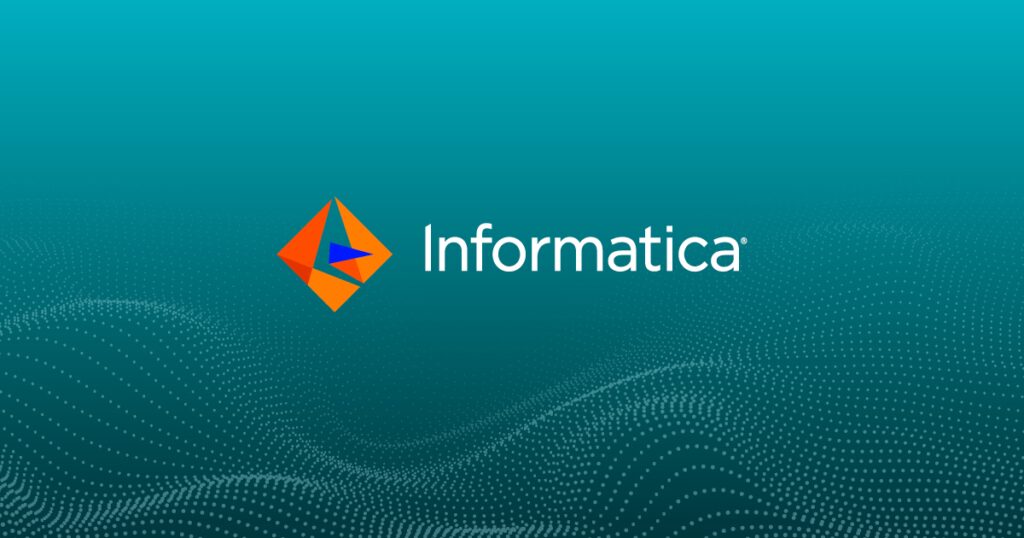Posts by Seth Rao
Top 5 Challenges of Data Validation in Databricks and How to Overcome Them
Databricks data validation is a critical step in the data analysis process, especially considering the growing reliance on big data and AI. While Databricks offers a powerful platform for data processing and analytics, flawed data can lead to inaccurate results and misleading conclusions. Here’s how to ensure your Databricks data is trustworthy and ready for…
Read MoreSimpler Data Access and Controls with Unity Catalog
Foreword: The below blog post is being reproduced on our website with permission from Speedboat.pro as it closely intertwines with FirstEigen’s DataBuck philosophy around building well-architected lakehouses. When building data pipelines, a thorough validation of the data set upfront (I call it ‘defensive programming’) yields great rewards in terms of pipeline reliability and operational resilience.…
Read More5 Downsides of Informatica Data Quality and How DataBuck Eliminates Them
Do you know the major downsides of Informatica Data Quality—and how to work around them? Often known as Informatica DQ, this tool is part of the larger Informatica data integration platform. Numerous enterprises rely on it to optimize data quality across both on-premises and cloud systems. However, Informatica DQ is not perfect. Users have reported…
Read MoreDeploy Data Quality tools/Data Trust Monitors Across Pipelines to Reduce Dark Data
Seth Rao, CEO of FirstEigen, speaks about building a data trustability platform, ensuring data trustworthiness, the importance of a data trust score, how everyone in a business is a stakeholder, the need for accountability, and a glimpse of change. There is growing importance of data trustability as the volume of data being collected increases, which…
Read MoreThe Quick and Easy Guide to Data Preparation
Do you know why data preparation is important to your organization? Poor-quality or “dirty” data can result in unreliable analysis and ill-informed decision-making. This problem worsens when data flows into your system from multiple, unstandardized sources. The only way to ensure accurate data analysis is to prepare all ingested data to meet specified data quality…
Read MoreHow to Set Up a Managed Airflow Environment on AWS
Harnessing the power of cloud-based workflow management has become indispensable in modern IT environments. Amazon Web Services (AWS) offers Amazon Managed Workflows for Apache Airflow (MWAA), a crucial tool that simplifies complex computational workflows and enables Managed Airflow on AWS. In 2022, AWS’s revenue surpassed $80 billion, indicating its prominent role in the growing cloud…
Read MoreQuality, Validation, and Observability with Snowflake
Do you know how to get optimal use from Snowflake? Snowflake is a data ingestion and warehousing solution used by more than 7,000 companies worldwide. It makes it easy to ingest, retrieve, and analyze data from multiple sources, but it doesn’t guarantee data quality. To optimize results from Snowflake, you need to employ a third-party…
Read MoreInformatica Data Quality (IDQ): Pros, Cons, and Alternatives
Informatica Data Quality (IDQ): Pros, Cons, and Alternatives Many enterprises worldwide rely on IDQ to monitor and manage the quality of data they use for day-to-day operations. IDQ – one of the oldest data quality management solutions available today – provides a platform for data analysis and data quality validation by writing rules. Although IDQ…
Read MoreThe Definitive Guide to the Modern Data Stack
How much value does your organization get from its data? To get the most benefit from your data—and to use data from a variety of sources—you need to implement a modern data stack. With a modern data stack, you’ll be able to gather data from a larger number of sources, provide faster and easier access…
Read MoreWhy “Data Trustability” is Essential for Building Trust in Smaller and Mid-sized Banks and Financial Services Firms
Seth Rao The recent collapse of lenders in the US has tested Americans’ faith in regional and community banks that supply credit to a significant portion of the country’s entrepreneurs and businesses. Deposits have flooded into megabanks, leading to a significant decline in smaller banks’ deposits, which could have long-lasting repercussions for the communities served…
Read More







